The kakapo, a pudgy, flightless parrot native to New Zealand, has long been a curiosity in the ornithological world. With fewer than 250 individuals remaining, these nocturnal, moss-colored birds remain one of the planet’s most critically endangered species. Yet as we approach 2025, the kakapo is poised to capture global attention in unprecedented ways. Recent breakthroughs in conservation technology, new behavioral discoveries, and the bird’s inherent charisma are converging to elevate this peculiar parrot from obscurity to celebrity status. While pandas and polar bears often dominate conservation headlines, the kakapo’s remarkable adaptations, evolutionary distinctiveness, and sheer oddity make it perhaps the most fascinating—and underrated—bird species deserving our attention in the coming year. Their strange booming calls, puppy-like behavior, and unexpected intelligence are just the beginning of what makes the kakapo extraordinary.
The Evolutionary Marvel of Flightlessness
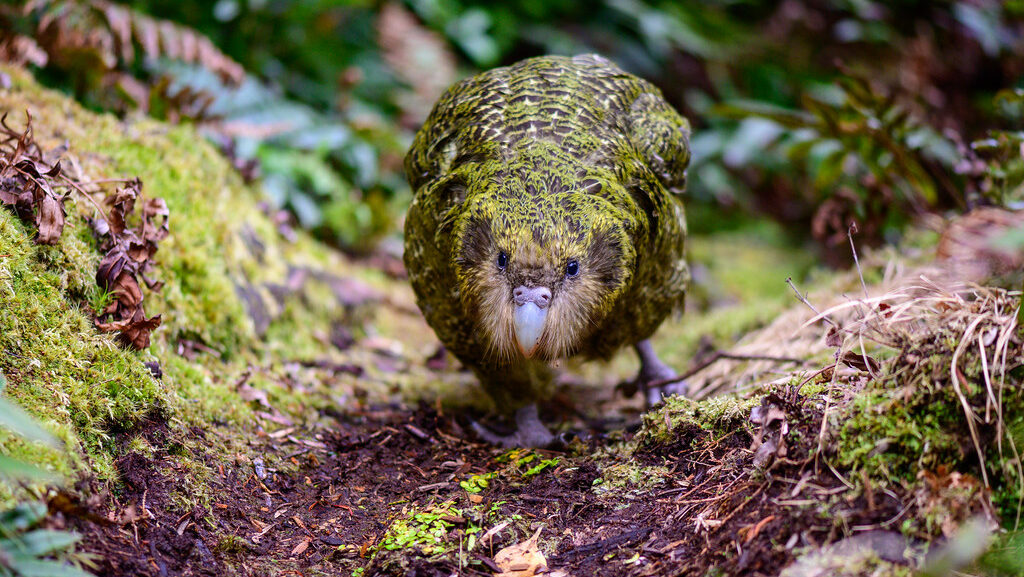
The kakapo’s flightlessness represents one of nature’s most fascinating evolutionary adaptations, developed in an environment historically free from mammalian predators. Unlike most birds that evolved for aerial mobility, the kakapo redirected its evolutionary energies toward other adaptations, developing strong legs for climbing and walking extensive distances through New Zealand’s pristine forests. Their wings, while incapable of flight, still serve important functions in balance and temperature regulation, and they use them to parachute—rather ungracefully—from trees. This evolutionary path created one of the heaviest parrots in the world, with males weighing up to 4 kg (8.8 lbs), making them ecological outliers in the typically lightweight avian world. The study of kakapo evolution provides crucial insights into adaptive radiation and evolutionary responses to isolated environments—lessons that become increasingly valuable as we face global biodiversity challenges.
Nocturnal Behavior: Masters of the Night
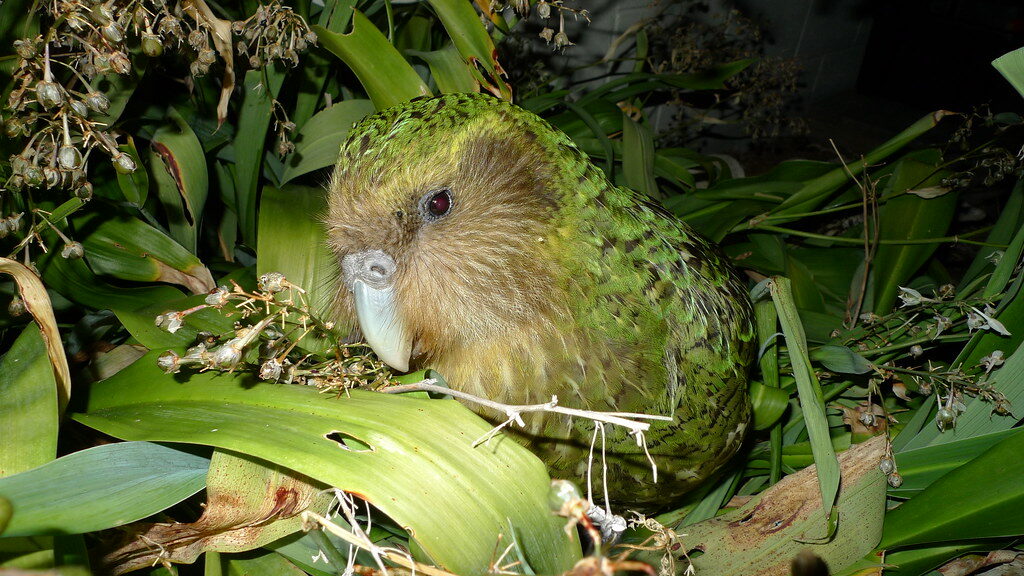
Kakapos have evolved a strictly nocturnal lifestyle, making them the world’s only nocturnal parrot and granting them a special ecological niche that few researchers have fully documented. During daylight hours, these birds remain hidden in dense vegetation or natural cavities, emerging only after sunset to forage, socialize, and during breeding seasons, perform their elaborate courtship displays. Their exceptional night vision, enhanced sense of smell (unusual for birds), and specialized feather patterns that provide camouflage against forest floors all support their after-dark activities. Recent studies using advanced night-vision tracking technology have revealed previously unknown behavioral patterns, including complex social interactions and territory navigation systems that rely on remarkable spatial memory. This nocturnal adaptation originally helped kakapos avoid predatory birds like the extinct Haast’s eagle, but ironically left them vulnerable to introduced mammalian predators with similar nighttime hunting habits.
The Unforgettable Boom of the Male Kakapo
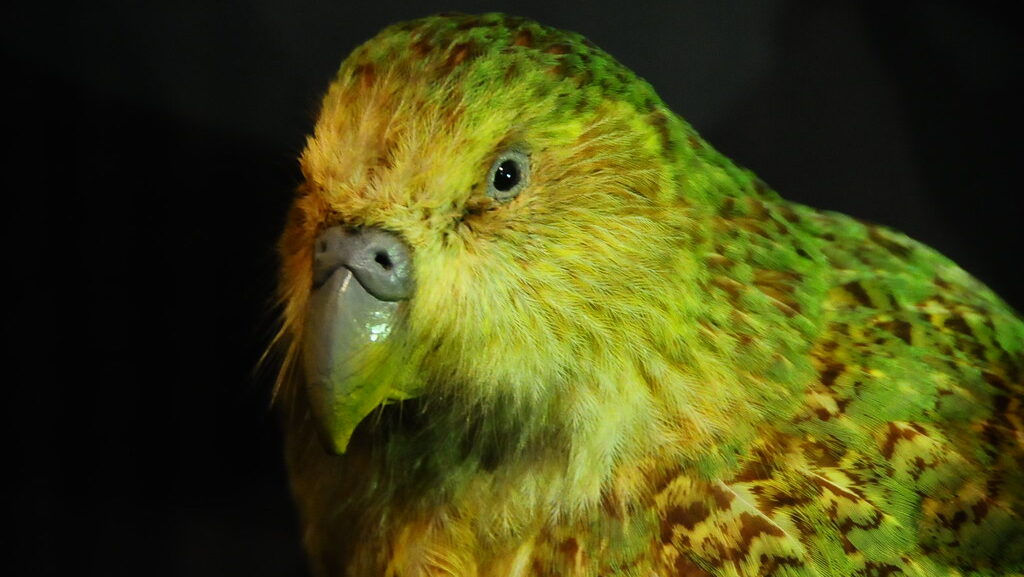
Perhaps no aspect of kakapo behavior is more remarkable than the male’s thunderous mating call, a sound so powerful it can travel up to five kilometers through dense forest. During breeding season, males construct shallow depressions in the ground called “bowls,” connected by carefully maintained tracks, creating a natural amphitheater designed to amplify their booming calls. Each male produces a unique sequence of up to 20-30 booms followed by high-pitched “chings,” inflating a specialized thoracic air sac like a balloon to create these resonant sounds. These booming sessions can continue for up to eight hours nightly over several months, representing one of the most energy-intensive mating displays in the avian world. New acoustic analysis technology deployed in 2024 has allowed researchers to identify individual males by their vocal signatures, revealing complex patterns of competition and revealing that female kakapos may select mates based on boom resonance quality, potentially indicating genetic fitness.
Record-Breaking Reproductive Strategy
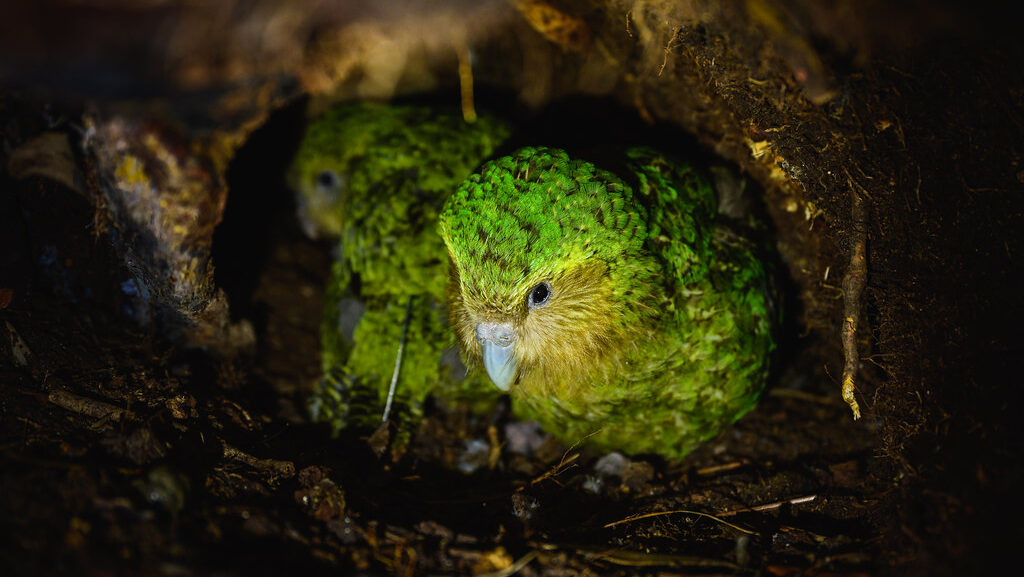
The kakapo employs one of the most unusual breeding strategies in the bird world, tied directly to the fruiting cycle of certain New Zealand trees, particularly the rimu. This phenomenon, known as “mast breeding,” means kakapos only reproduce when certain native trees produce abundant fruit crops—sometimes with gaps of 2-4 years between breeding opportunities. Female kakapos lay the largest eggs relative to body size of any parrot species, investing enormous energy into each potential offspring. Unlike most birds, kakapo females handle all parenting duties alone, leaving nests nightly to feed while eggs or chicks remain vulnerable. This reproductive strategy evolved in a predator-free environment but has become problematic in modern New Zealand, prompting conservation teams to develop innovative supplementary feeding programs that have successfully increased breeding frequency. The 2022-2023 breeding season was the most successful in recent conservation history, with 55 chicks surviving to adulthood, representing a watershed moment in kakapo recovery.
The Unexpected Intelligence of a Flightless Parrot
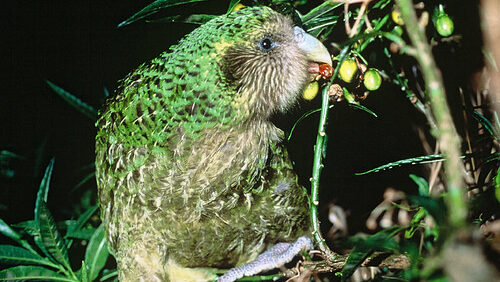
Despite their comical appearance and sometimes clumsy demeanor, kakapos demonstrate remarkable cognitive abilities that challenge our understanding of avian intelligence. Researchers working with kakapos have documented problem-solving skills comparable to those of crows and kea, their New Zealand parrot cousins known for their intelligence. Kakapos show exceptional spatial memory, remembering locations of hundreds of food plants throughout their large territories—critical for a species that cannot simply fly to new feeding grounds. In captivity, they quickly learn to recognize individual human caretakers, responding differently to familiar versus unfamiliar people. A groundbreaking 2024 study revealed that kakapos use tools in the wild, manipulating twigs and leaves to extract insects from tree bark, a behavior previously undocumented and surprising for a ground-dwelling species. This emerging picture of kakapo intelligence suggests cognitive adaptations specifically evolved for their unique ecological niche, challenging assumptions about the relationship between flight and avian brain development.
Conservation Technology Revolutionizing Kakapo Recovery
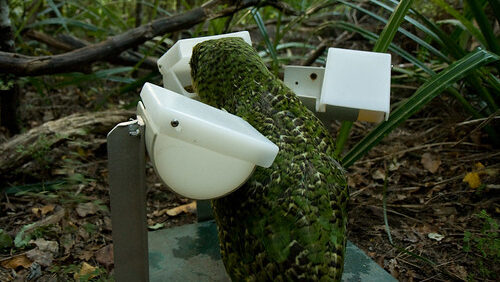
The kakapo recovery program stands at the frontier of conservation technology, implementing innovative solutions that may soon be applied to endangered species worldwide. Every surviving kakapo wears a smart transmitter that not only tracks location but monitors vital signs, feeding behavior, and even detects when a female has left her nest, allowing conservation teams to check eggs and chicks. Artificial insemination techniques specifically developed for kakapo physiology have dramatically increased genetic diversity, addressing inbreeding concerns in the small population. Drone technology with thermal imaging capabilities now assists in locating birds in remote terrain, revolutionizing monitoring efficiency. Perhaps most impressively, a custom artificial intelligence program called “Kakapo Keeper” analyzes thousands of hours of nest camera footage, alerting human teams to potential problems in real-time and learning to recognize normal versus concerning behaviors. These technological innovations have contributed to the population’s growth from just 51 birds in 1995 to approximately 248 in early 2025, representing one of conservation’s most hopeful turnaround stories.
The Kakapo Genome: Secrets of Longevity
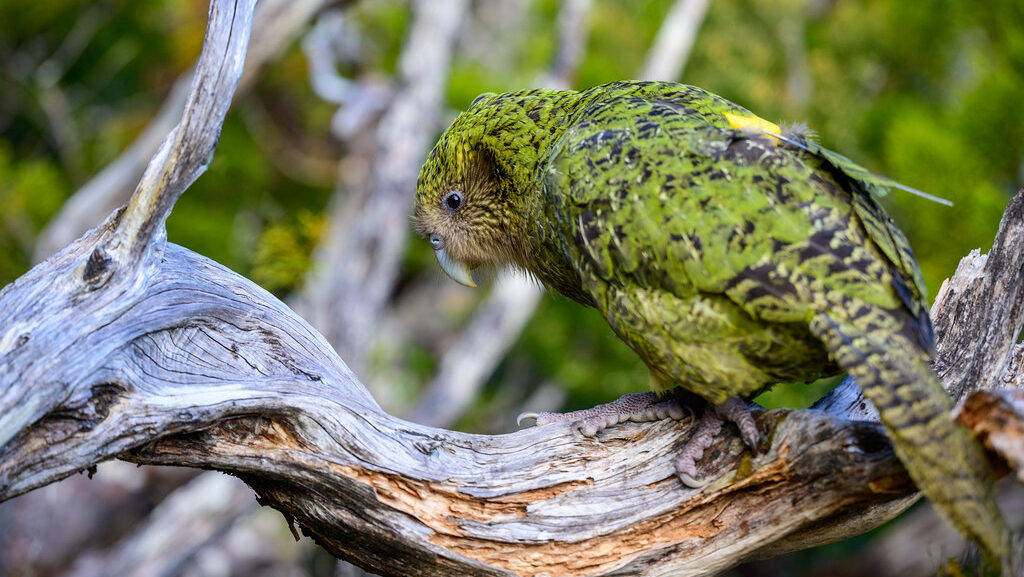
The complete sequencing of the kakapo genome in 2022 revealed extraordinary genetic characteristics that explain some of this bird’s most unusual traits, particularly its exceptional longevity. Kakapos are among the longest-lived birds, with documented lifespans exceeding 60 years in the wild and potentially reaching up to 90 years, making them valuable subjects for aging research. Scientists have identified unique genetic markers related to DNA repair mechanisms that appear more efficient than those in most vertebrates, potentially explaining their resistance to age-related diseases. The genome also revealed adaptations for fat metabolism that allow kakapos to efficiently process their plant-based diet and store energy during non-breeding periods. Particularly interesting are the genetic components related to their sense of smell, which is highly developed compared to other parrots, showing convergent evolution with mammalian olfactory genes. These genomic insights are not merely academic—they directly inform breeding decisions to maximize genetic diversity in the recovering population and may eventually contribute to human longevity research.
Cultural Significance to Māori: Te Kākāpō
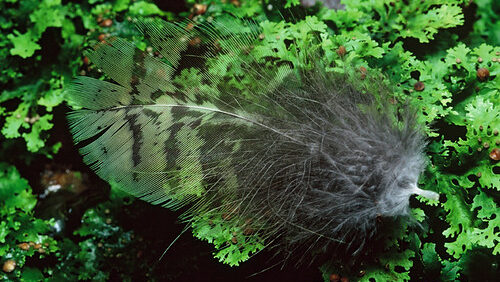
For the Māori people of New Zealand, the kakapo (te kākāpō) holds profound cultural significance as a taonga (treasure) that features prominently in traditional knowledge systems and storytelling. Historical evidence shows that while kakapos were occasionally hunted for their meat and beautiful moss-green feathers, which were used in ceremonial cloaks, many tribes had strict conservation practices limiting harvests to ensure sustainable populations. In Māori oral tradition, the kakapo’s distinctive booming call is associated with Tāne, god of the forest, and was considered an important seasonal indicator. Contemporary Māori conservation leaders have been instrumental in the kakapo recovery program, integrating traditional ecological knowledge with modern scientific approaches. The Ngāi Tahu iwi (tribe) in particular maintains special kaitiakitanga (guardianship) responsibilities for kakapo, with tribal representatives directly involved in recovery decisions and breeding program oversight. This cultural connection adds crucial dimensions to conservation efforts, ensuring the bird’s spiritual importance is honored alongside its biological value.
The Iconic “Shake and Bake” Dance
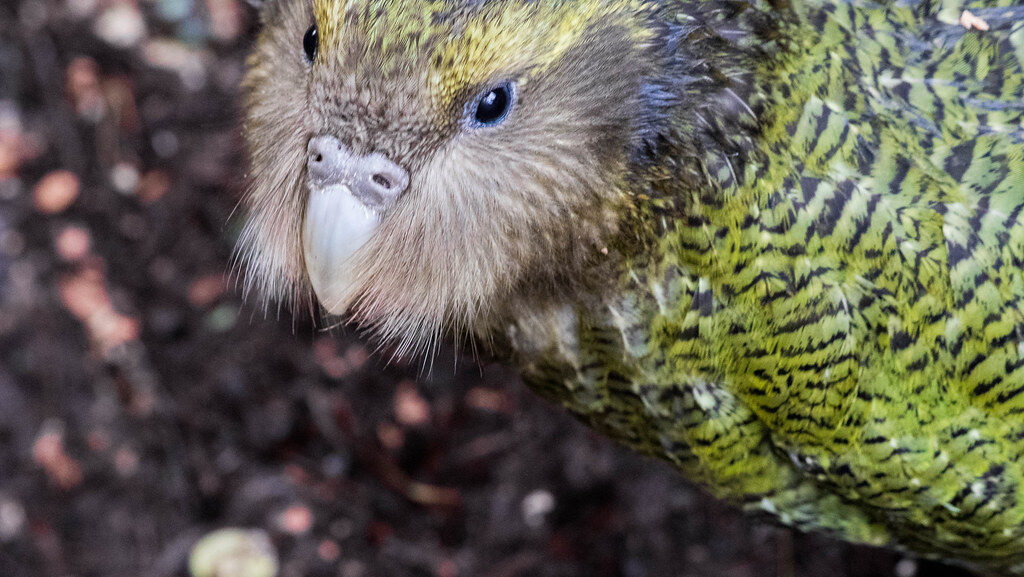
Among the kakapo’s most endearing behaviors is what conservationists affectionately call the “shake and bake” dance, a distinctive side-to-side swaying motion performed with wings slightly extended. This behavior typically occurs when kakapos are excited, curious, or attempting to gauge distances before jumping, creating an unmistakably charming display that has captivated millions through viral videos. Behavioral ecologists now understand this movement serves multiple purposes, including depth perception compensation in low light conditions and a form of visual communication between birds. Juvenile kakapos perform this behavior more frequently than adults, suggesting it may play a role in physical development and spatial awareness training. The “shake and bake” reached mainstream awareness after a famous 2009 BBC documentary showed a kakapo named Sirocco attempting to mate with zoologist Mark Carwardine’s head while performing this distinctive movement, an incident that transformed this critically endangered species into an internet sensation and inadvertently became one of conservation’s most effective ambassador moments.
The Kakapo Diet: Botanical Specialists
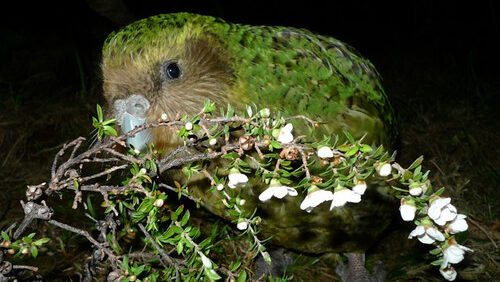
Kakapos maintain one of the most specialized herbivorous diets among birds, functioning as meticulous botanical connoisseurs that select specific plant parts based on their nutritional properties. Their powerful, curved beaks can precisely strip the nutrient-rich outer layers from fibrous plants while discarding tougher components, a feeding strategy researchers call “browse shearing.” Analysis of kakapo droppings reveals they consume over 100 different plant species, with preferences varying seasonally based on nutritional content rather than abundance. During breeding seasons, female kakapos become especially selective, seeking plants with higher calcium and protein content essential for egg production. Their digestive system includes a large crop for food storage and a relatively inefficient digestive tract that processes only the most easily digestible components, requiring them to consume large quantities of vegetation. This specialized feeding ecology makes supplementary feeding programs particularly challenging for conservationists, who must carefully formulate artificial diets that replicate the nutritional profile of natural foods without creating dependency or nutritional imbalances.
Creating Safe Islands: The Kakapo Sanctuary Network
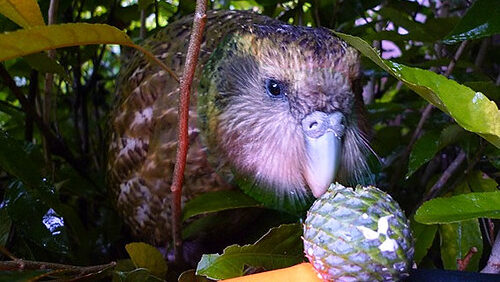
The cornerstone of kakapo conservation has been the establishment of predator-free island sanctuaries, representing one of New Zealand’s most ambitious ecological restoration projects. Introduced predators like stoats, cats, and rats decimated mainland kakapo populations, leaving the species on the brink of extinction until the radical decision was made to relocate all surviving birds to islands where predators could be completely eradicated. Codfish Island/Whenua Hou, Anchor Island, and Little Barrier Island now serve as sanctuaries where intensive monitoring and management occur, with each island selected for specific habitat characteristics supporting kakapo nutrition and breeding. These islands function as living laboratories where conservation techniques are continuously refined and natural behaviors can be observed in secure settings. The maintenance of these predator-free environments requires constant vigilance, with strict biosecurity protocols for all visitors and regular monitoring for potential reinvasions. The sanctuary network concept has proven so successful that New Zealand has announced plans to establish a new kakapo sanctuary in 2025, preparing for population growth and providing insurance against catastrophic events affecting existing sanctuaries.
The Media Star: How Sirocco Changed Conservation
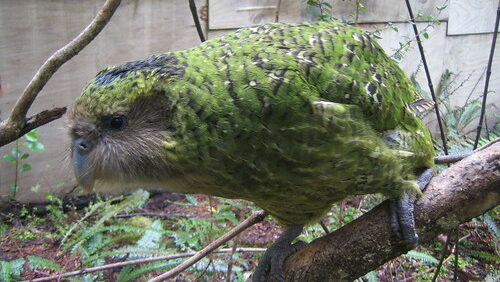
No individual kakapo has influenced public awareness more than Sirocco, a hand-raised male who imprinted on humans as a chick and became the world’s most famous ambassador for his species. After his infamous encounter with zoologist Mark Carwardine went viral in 2009, Sirocco was officially appointed as “Official Spokesbird for Conservation” by New Zealand’s Prime Minister, the first animal to hold such a position. His social media accounts attract hundreds of thousands of followers, and his occasional public appearances generate unprecedented interest in kakapo conservation, with events selling out within minutes. Sirocco’s story illustrates the power of individual animal narratives in conservation outreach, generating millions in donations and volunteer support. Conservation psychologists have studied the “Sirocco Effect,” documenting how personalized connections to individual animals significantly increase public willingness to support broader species protection efforts. Though Sirocco himself cannot contribute to breeding efforts due to his human imprinting, his contribution to raising awareness and funds has indirectly saved countless future kakapos, demonstrating the unexpected power of animal celebrities in modern conservation.
Future Prospects: Returning to the Mainland?
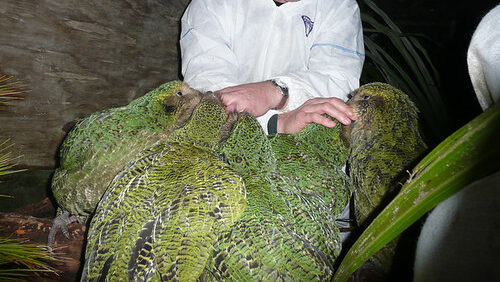
As the kakapo population approaches 250 individuals in early 2025, conservation authorities are cautiously discussing the once-unthinkable possibility of returning these birds to mainland New Zealand habitats. The ambitious “Predator Free 2050” national initiative aims to eliminate introduced mammalian predators throughout New Zealand, potentially creating safe zones where kakapos could be reintroduced to their original range. Several mainland sanctuaries surrounded by predator-proof fencing are already being assessed as potential kakapo habitat, with vegetation surveys determining nutritional adequacy for sustaining breeding populations. Genetic analysis is helping identify which birds might be most suitable for pioneering these new territories, with researchers seeking individuals displaying behavioral traits favoring adaptation to novel environments. While a full mainland return remains decades away, the fact that it’s even being discussed represents a remarkable conservation trajectory for a species once considered doomed to extinction. The kakapo recovery therefore stands as a powerful symbol of hope in conservation circles—proof that with sufficient dedication, innovation, and resources, even the most endangered species can begin the long journey back from the brink.
Conclusion
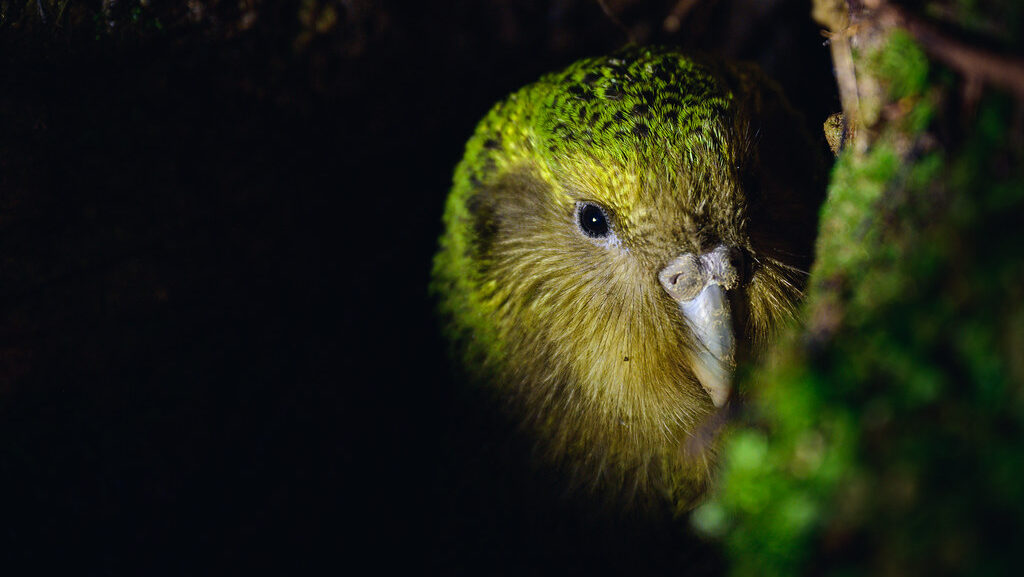
The secret life of the kakapo represents one of nature’s most extraordinary evolutionary experiments—a bird that abandoned flight, embraced the night, and developed some of the most unusual behaviors in the avian world. As we enter 2025, the kakapo’s story combines the drama of near-extinction with the triumph of dedicated conservation, the fascination of bizarre adaptations with cutting-edge genomic science. While still critically endangered, the kakapo’s population trajectory points toward recovery rather than loss, making it a beacon of hope in a world facing biodiversity crisis. Their remarkable intelligence, charming personalities, and genuinely strange lifestyle deserve far more attention than they currently receive in popular wildlife discourse. As new technologies reveal more secrets of kakapo biology and behavior, and as their population continues to grow under careful management, these extraordinary birds seem poised to capture the world’s imagination—making the kakapo arguably the most underrated bird species of 2025, and one very much worth watching.
